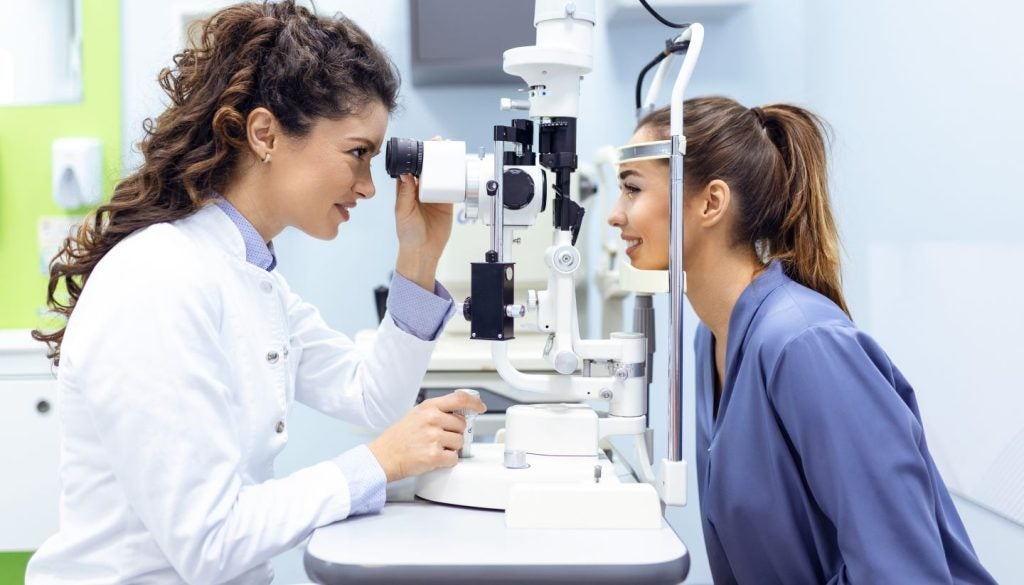Drug delivery devices enable the targeted and controlled delivery of a therapeutic agent into the body. Advancements in drug administration techniques have improved the safety and efficiency of this process.
The rise in self-administration and healthcare in home settings has triggered the need for application-specific new drug delivery systems for nasal, transdermal, and topical administration.
Discover the top-rated suppliers of drug delivery systems
Pharmaceutical Technology has listed some of the leading providers and suppliers of drug delivery devices based on its intel, insights, and decades of experience in the sector. The list includes companies that provide various products and services for this field, including but not limited to:
- Drug delivery development for advanced oral formulations
- Transdermal therapeutic systems and oral thin films
- Biopharmaceutical and drug development
- Remote-controlled magnetic capsule and magnetic monitoring system
- Hot melt extruder machines
- Biotechnology laboratory analytical instruments for drug development
- Automation systems for small-molecule drug and active pharmaceutical ingredient (API) development
The information in the download document is intended for pharmaceutical executives, manufacturers, distributors, suppliers, technicians, research scientists, product development scientists, and other individuals involved in pharmaceutical drug delivery.
The document contains detailed information on the suppliers and their product offerings, as well as contact details to aid your purchasing decision.
See Also:
Types of drug delivery systems and technologies
Drug delivery devices can be categorised by their routes of administration, including oral, injectable, ocular, pulmonary, topical, implantable, nasal, and transmucosal drug delivery. Modern technology and medicine have fuelled the development of therapeutic and diagnostic products by combining novel drug delivery devices and drugs.
Delivery devices commonly used in both clinical settings and other contexts include prefilled syringes, infusion pumps, autoinjectors, nebulisers, metered-dose inhalers, intrauterine devices, transdermal patches, and nasal sprays.






